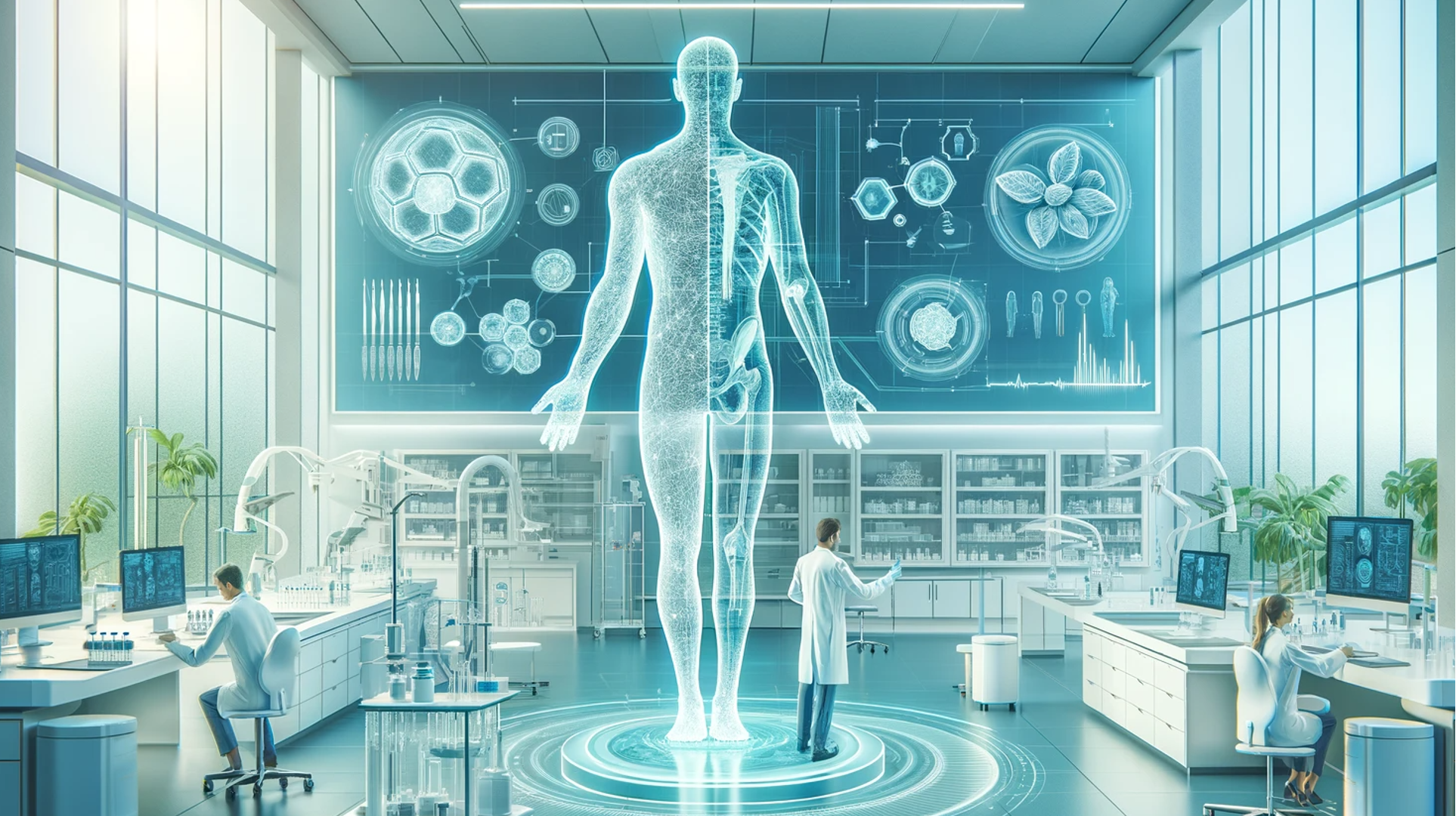 spring break. I wondered how academic resourcing (AR) models—the subject on which I’ve worked during the past decade—will impact institutional efforts to combat the coronavirus and deal with its consequences. To put the matter bluntly, will the momentum toward data-informed decision-making that has been building over the last few years be blunted by the coronavirus emergency? I believe this outcome would be a real setback for higher education—and also that it is not supported, let alone dictated, by the facts of the situation.
spring break. I wondered how academic resourcing (AR) models—the subject on which I’ve worked during the past decade—will impact institutional efforts to combat the coronavirus and deal with its consequences. To put the matter bluntly, will the momentum toward data-informed decision-making that has been building over the last few years be blunted by the coronavirus emergency? I believe this outcome would be a real setback for higher education—and also that it is not supported, let alone dictated, by the facts of the situation.
AR Models in the Present Emergency
Markets, costs, and margins surely won’t be top-of-mind as schools consider their responses to the immediate threats posed by the virus. Yet these responses are fraught with implications for each institution’s brand and internal economics, implications that the models can help ferret out. Many of them carry the school into uncharted territory, where the guidance offered by intuition and prior experience may be irrelevant or dangerous. As a former Stanford professor, vice provost, and vice president, I know one can’t pause for deep analysis when dealing with an emergency. Yet the time will come when markets, costs, and margins do need to be considered in depth—both to reckon the consequences of the emergency responses and to chart the best course forward. Now may not seem like a good time for talk about how AR models can improve institutional decision-making, but the emergency does offer up some important lessons.
For schools that already are active users of AR models, lesson one is that decision makers will have developed deep subjective knowledge about their schools’ markets and internal economies before the emergency began. This knowledge can be brought to bear during the emergency, just like other knowledge. Lesson two is that the models provide benchmarks against which to compare the previous “normal” situation against the one that’s emerging during the emergency. Lesson three is that decision makers will have the analytical tools they need when deciding what to do next: whether that is a return to normalcy (but with a tail of consequences from the emergency), or a new direction that perhaps was stimulated by the experience itself. For example, it seems possible that widespread use of virtual teaching will move institutions toward doing more of that on a routine basis. And for some schools, even a return to normalcy will require new analyses to cope with the aftermath of the emergency.
The Dangers of Flying Blind
Colleges and universities that do not use the new models will be flying blind with respect to these matters. That’s not a good situation when the stakes and risks are high. It’s harder to recoup financial losses, for example, when you don’t know which programs make or lose money. Wrong assumptions about this will produce decisions that worsen the school’s economic situation. Likewise, failing to discern adverse market reactions to one’s emergency actions may delay the response to the point where remediation becomes vastly more difficult. Gaps in a school’s ability to make data-informed decisions are serious at any time, but they become crucial when significant disruptions occur. Flying blind may be tolerable when the terrain being traversed is predictable, but it’s extremely dangerous when unknown obstacles lie ahead.
The Virus as a Dislodging Event
It’s possible that the clouds we’re working through have at least a small silver lining. My friend Bob Zemsky writes about how dislodging events can open the way for change in ways that normalcy cannot, and the coronavirus certainly represents a dislodging event. There are two domains in which such change can occur. I’ve mentioned one already: that the increased use of virtual classrooms will accelerate the search for better teaching methods. Understanding the economics of teaching will be essential for good decision-making in this domain, even as deep academic knowledge is applied to determine the relative learning effectiveness of different approaches. Schools that have mastered the elements of model usage will be well-positioned to achieve these benefits.
Other colleges and universities should view the coronavirus as a wakeup call for coping with future disruptions, whether they be short-term as with today’s emergency or long-term as with adverse competitive, economic, and cultural shifts. Moving away from the status quo for any reason puts a premium on data-informed decision making. Building analytical capacity should be a high-priority strategy for any college or university that has not yet embraced market and economic modeling. I say this not just as an advocate for analytics in higher education, but also (importantly) as someone who cares deeply about the operations and values of academe.
Thinking Past the Emergency
Starting now to think about the adoption and use of modern academic resourcing models is not inconsistent with managing the current emergency, and it will pay handsome dividends over time. Schools will find these models to be affordable, and they can be put in place in months rather than years. Deciding to move forward quickly could produce a working model by the time the coronavirus dust begins to settle. Indeed, some important data elements could reach back to the “status quo ante” to get baseline figures for planning the way forward. In other words, it’s not too late to build capacity for better decision-making on the back side of the current mess.
Yes, we are all coronavirus fighters now. The experience is changing our worldview in the economic, political, and social spheres. It also should remind us that “disruption happens” and will continue to do so. We need to prepare for the next disruption even as we manage our way through the current one. And in so doing, we will significantly improve our performance during the (hopefully long) periods between disruptions. My forthcoming book and future blogs in this series will elaborate on the kinds of decisions that can be improved and how the models deliver on that promise.
Are you in the process of getting your courses online? Check out our guide to assess the technology, design your course, and stay sane.




